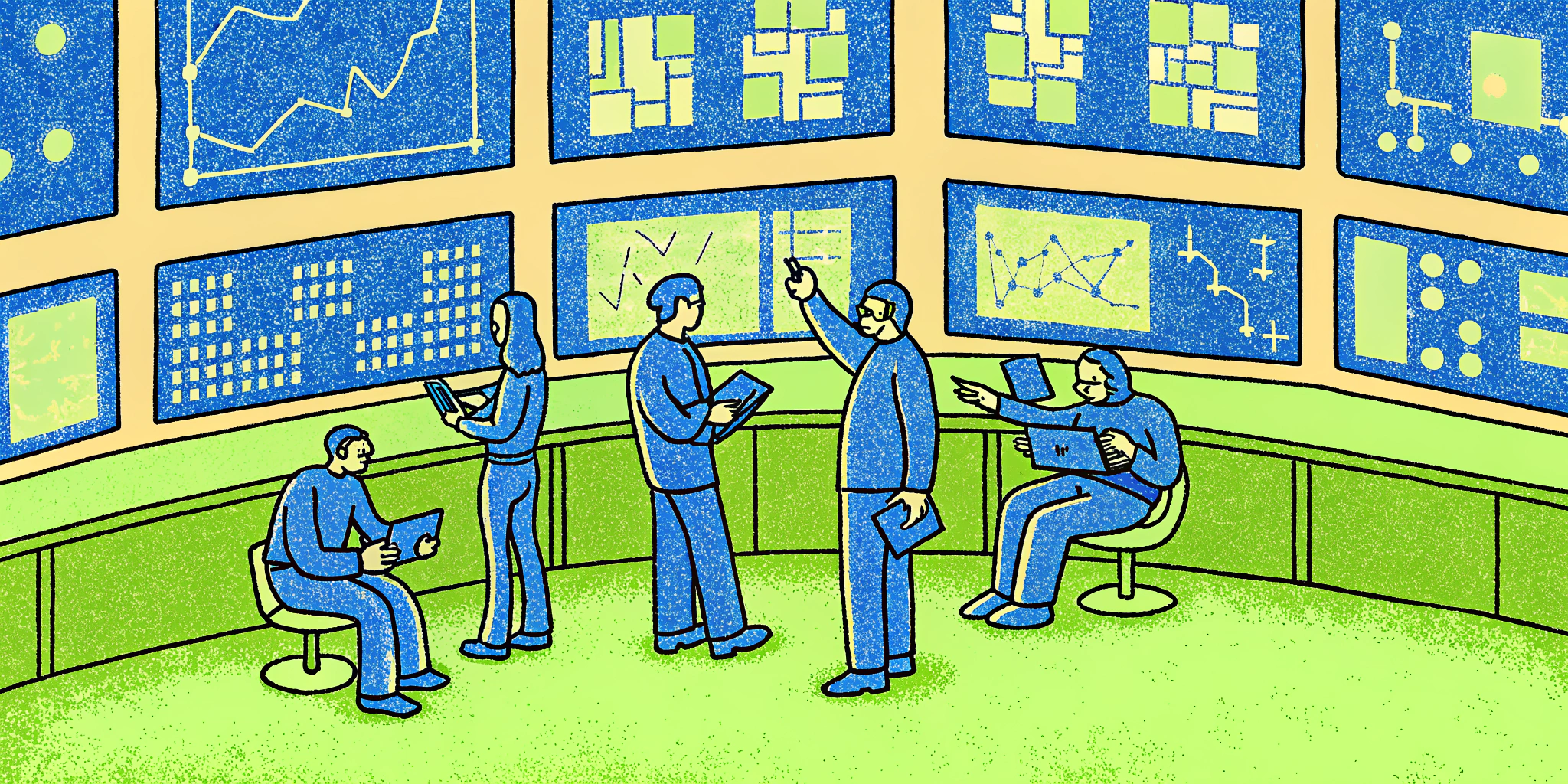Introduction: The Senior-Level Interview Challenge
Navigating senior-level interviews can feel like walking a tightrope. The higher up you climb on the career ladder, the more you’re expected to not just answer questions but craft strategies, predict challenges, and showcase leadership. If you’re preparing for roles like Chief Revenue Officer, VP of Product, or Head of Marketing, you’ll likely face MDM interview questions that demand strategic thinking and problem anticipation.
The Key to Success: Strategic Storytelling
Unlike entry-level interviews, senior-level discussions revolve around “how would you do X?” You’re not just reflecting on past achievements but proposing actionable, future-focused strategies.
The secret? Structure your answers with clear steps, anticipate challenges, and connect solutions to your past experiences. This article will break down how to handle these questions like a pro.
Step-by-Step Blueprint for Structuring Your Answers
Start with Customer Segmentation
When asked to design a plan or build a team, always start with understanding your audience or market. For example, if you’re tasked with building a sales team, ask yourself: Who are the customers? Where is the revenue coming from?
Example Approach:
- Identify the primary customer segment contributing to the majority of revenue.
- Analyze their location, purchasing habits, and pain points.
- Use data-driven insights to segment your market into actionable groups.
| Customer Segment | Revenue Contribution (%) | Key Pain Points |
|---|---|---|
| Enterprise Clients | 65% | Scalability, Support Quality |
| SMBs | 25% | Cost Sensitivity, Simplicity |
| Free Users | 10% | Lack of Perceived Value |
By presenting a segmentation model like this, you demonstrate strategic thinking backed by data.
Building the Team
Once you’ve identified your target market, focus on building a team. For example, to scale a sales force:
- Start with key hires in priority regions.
- Train the team with a focus on the identified customer pain points.
- Implement a feedback loop to improve their pitch over time.
Snippet: Building a team isn’t just about hiring; it’s about aligning talent to your customer insights.
Insert Problems: Anticipate and Solve
Why Recognizing Problems is a Game-Changer
Most candidates outline their steps as if everything will work flawlessly. But the reality? Challenges are inevitable. By proactively addressing potential issues, you demonstrate foresight and adaptability—qualities that interviewers love.
For example, when creating a new marketing engine, you might say:
- Problem Anticipation: “One challenge we will face is educating our existing free users on the value of transitioning to paid services.”
- Solution: “To address this, we’ll launch virtual summits and webinars that highlight the additional value of our paid products.”
Example: Transitioning from Free to Paid Products
Imagine you’re interviewing for a Chief Revenue Officer role at a startup offering free AI tools. Your task: grow enterprise revenue by converting free users into paying customers.
Here’s how you can structure your response:
- Acknowledge the challenge:
- “Free users often resist paying for something they’ve had for free. This creates an education and rebranding challenge.”
- Insert the problem:
- “We’ll face resistance, especially from users who don’t yet see the value of premium features.”
- Provide the solution:
- Launch educational campaigns (webinars, virtual summits).
- Offer limited-time discounts for early adopters.
- Use case studies to demonstrate ROI for similar customers.
| Problem | Solution | Outcome |
|---|---|---|
| Free-to-Paid Pushback | Educational Webinars | Increased understanding of value |
| Perceived Lack of ROI | ROI Case Studies & Testimonials | Higher conversion rates |
| Brand Awareness | Rebranding Campaigns (Social & Digital) | Enhanced brand perception |
Claim: Proactively addressing these challenges positions you as a strategic thinker who anticipates obstacles before they arise.
Connecting Past Experience to Future Planning
To make your answers more credible, link them to your past experiences. For example:
“When I was at [Company X], we faced a similar challenge transitioning free users to a paid model. By implementing webinars and ROI-focused case studies, we increased our conversion rate by 30% over six months.”
Even if you haven’t faced the exact scenario, draw parallels to similar experiences. This shows adaptability and confidence.
Pro Tips for Standing Out in MDM Interviews
- Anticipate Challenges: Always insert at least one problem you foresee at each stage of your plan.
- Be Solution-Oriented: Follow each problem with a concise, actionable solution.
- Use Data: Back your arguments with data or examples whenever possible.
- Practice with AI Tools: Use platforms like Ninjafy AI to simulate tough interview questions and refine your responses.
- Stay Conversational: Avoid sounding overly rehearsed. Use a natural, first-person tone to connect with your interviewer.
How Ninjafy AI Can Transform Your Interview Preparation
When I was preparing for my last interview, I used Ninjafy AI to simulate mock interviews. Its real-time feedback and industry-specific insights helped me craft responses tailored to my role.
What I loved most was the InvisibleEyetrack™ technology. It ensured I maintained steady eye contact during virtual interviews—a subtle yet powerful confidence booster.
With mock interview AI tools like Ninjafy AI, you can practice answering MDM interview questions under realistic conditions, identify gaps in your approach, and fine-tune your storytelling.
Conclusion: Anticipate, Solve, and Shine
Mastering MDM interview questions requires more than just outlining steps—it demands strategic storytelling, problem anticipation, and data-backed solutions. By structuring your answers thoughtfully and practicing with tools like Ninjafy AI, you’ll position yourself as a standout candidate ready to tackle senior-level challenges.




